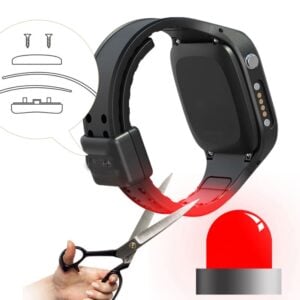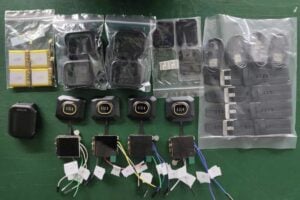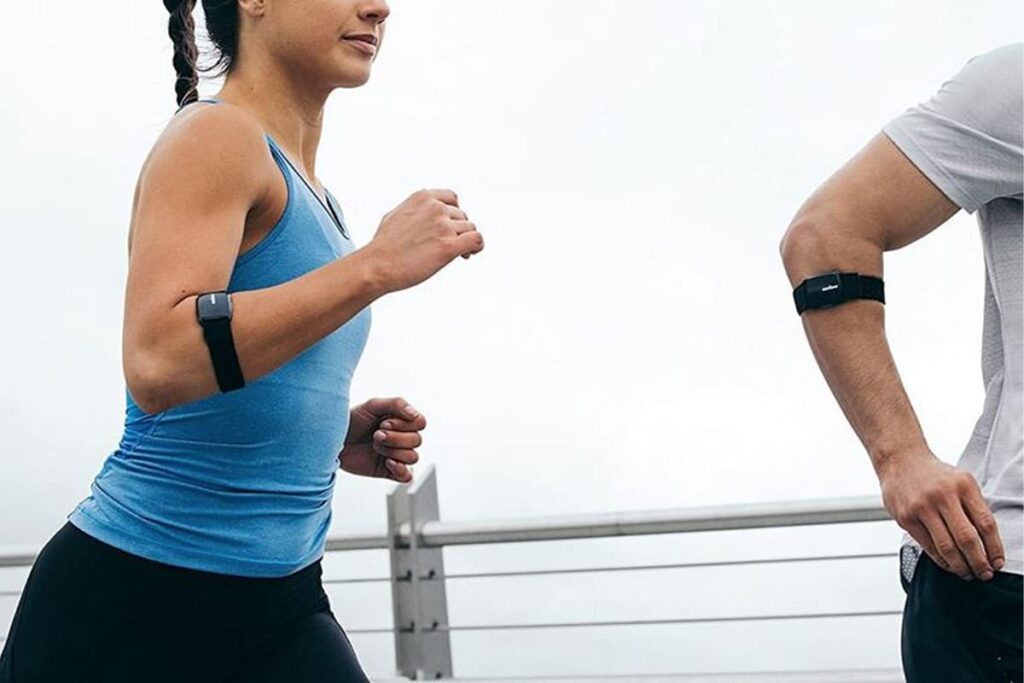How does a heart rate monitor work?
The heart rate refers to how often a person’s heart beats per hour. People use a “heart rate monitor” to measure their heart rate continuously.
Two approaches are used by heart rate monitors:
Electrical (electrocardiography): Electrode sensors embedded in this type of heart rate monitor detect and track the tiny electrical currents generated with every heartbeat. They are distinguished from other wearable heart rate sensors found in activity monitors and smartwatches.
Optical (photoplethysmography): Two major arteries in the forearm and wrist provide plenty of blood flow to the skin. Photoplethysmography, or PPG, is a method that detects changes in blood volume. This happens when blood flows through the skin’s surface using an infrared source.
The most common types of heart rate monitors
Chest straps
The chest straps are made from a long, belt-like elastic strip that wraps around your chest and has a small electrode pad that rests against your skin. These devices record the electrical activity of the heart using electrocardiography.
Wearables for the wrist or forearm:
Wearables such as armbands or smartwatches use light to measure blood flow. These devices have optical heart-rate monitors equipped with small LEDs and sensors and emit a green light onto the wrist and forearm. They detect the small expansions of blood vessels beneath the skin’s skin.
Which type is correct?
Chest-band devices:
The chest straps are widely recognized as the best heart rate monitor device, with 99.6 percent accuracy when worn correctly.
The most accurate chest-band monitors, due to their use of electrical detection, are those that use it correctly. Because they directly measure your heart rate rather than your pulse rate, the sensor is closer to your heart than a wristband, which allows it to capture a stronger signal. This gives them a higher level of accuracy, regardless of whether you are running, cycling, or resting.
Wearables that are forearm or wrist-located
These devices are accurate while you’re walking or resting. (I can also see the accuracy when I run at constant speed on my video test). These devices can also be used for running and cycling. An optical heart-rate monitor can be inaccurate if you move, as your workouts and fast pace can push the device around.
Why do people prefer a less precise smartwatch to a chest strap
Chest straps track heart rate using electrodes. They require a moisture-water pad to pick up an electric signal. This makes it more challenging to use than the wrist- or forearm-located monitors.
The main problem with the chest strap is its incontinence. People may find it too restrictive for their breathing, or they might fall halfway through. Wristbands, unlike chest straps, are easier to adjust for comfort. Wristbands are easier to wear and can be removed more easily.
The optical heart-rate monitors that are more comfortable or convenient don’t have to be completely reliable. They have improved over time, and PPG is not new. This makes it an acceptable way to capture heart-rate data.
Many users opt for armbands and smartwatches to record their workouts, even though they know that a chest strap is more accurate and reliable.
The accurate comparison between the Chest Strap Vs. Armbands Vs. iSmarch watch, see how iSmarch watches perform?
I used the armbands, the chest strap, and wristwatches to perform the various exercises. This allowed me to monitor my heart rate and determine the value of each.
Here is the test video for you if you prefer the video version:
Tips: Wear your wristband with an optical monitor just above your wrist bone, or approximately two fingers width from the point where your wrist meets your wrist.
After running for 15 minutes at a constant speed, the first group test shows that these three variables are very close.
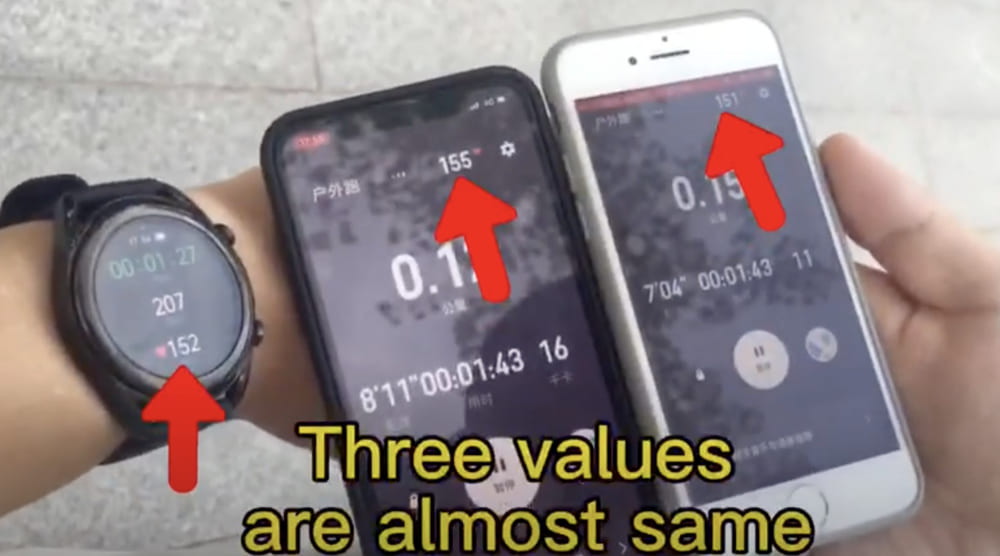
The second group test takes place after a vigorous 10-minute exercise. It is evident that the watch has a slight delay in its value. The watch grows fast to follow the chest strap. Because blood takes time to travel from the heart and the wrist, however, it does grow quickly.
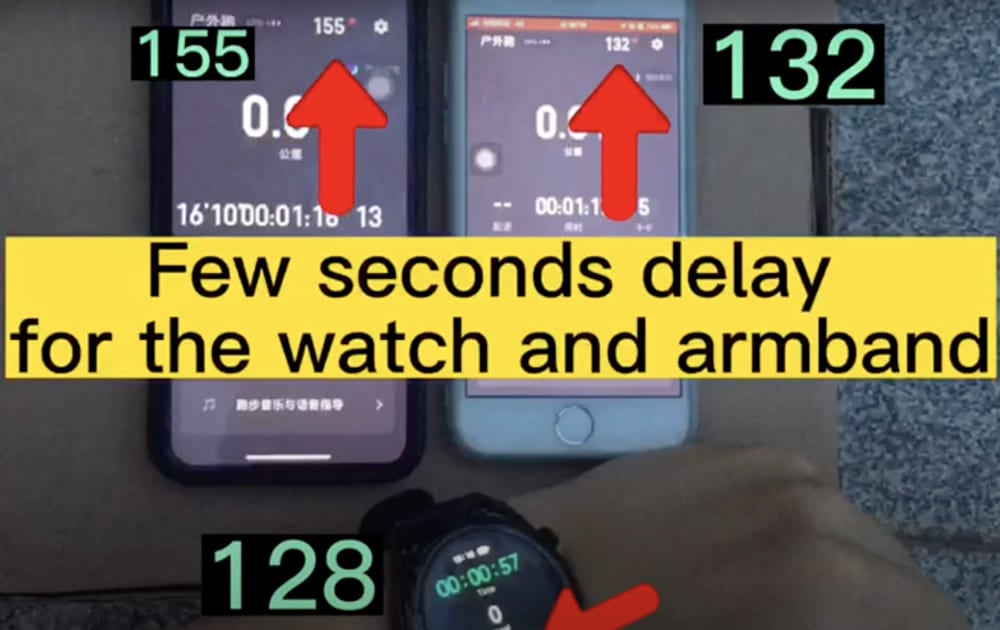
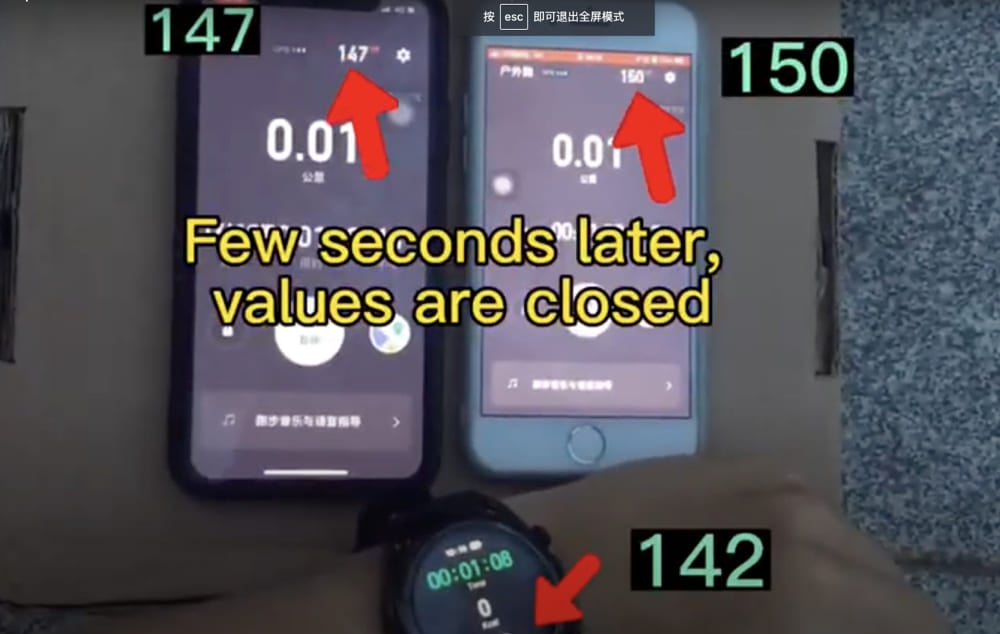
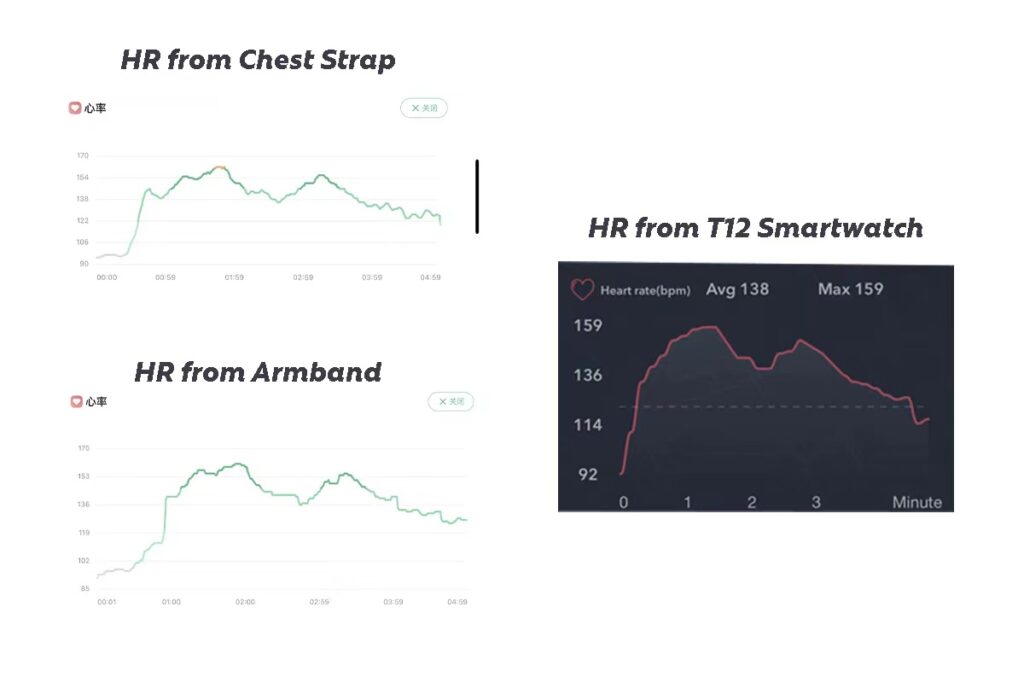
Although our optical heart-rate monitors are still not 100% accurate, they should be adequate for users who require real-time heart-rate monitoring and don’t care about precision from point to point.
However, not all armbands and smartwatches can be used as chest straps. Close readings are rare in white-label watch manufacturing. Because the watches made from white-label manufacturing are made with different optical HR sensors, the results can be very different.
The watch’s optical sensors monitor blood flow and capture the reflection back into it. If there is more blood, the more green light will be absorbed.
So, the quality of the sensor would determine the precision with which the watch measures dynamic heart rate. We chose to use Vcare’s top-of-the-line HR sensor for these two monitors. It has been proven market-proven to be the best in China’s white-label manufacturing.
The algorithm behind the sensor is even more critical to determine the heart rate accurately. The light wavelengths from the optical emitters interact with blood flow differently, and the sensor captures information when the light reflects off your blood. The data can be processed using algorithms and the accelerometer to detect motion. This will produce understandable pulse readings.
That is why even if the same sensor is used, dynamic values can differ between different providers. So the challenge will be in the development and solution-providing abilities of manufacturers.
The T12 we recently tested features the top-level sensor with an algorithm developed by a top-brand manufacturer of chips. For a better comparison, we compared another watch using cheaper sensors and the same general algorithm.
Accurate heart rate and armband and smartwatches we recommend
People love the increased convenience and comfort that the smartwatch provides and the accuracy provided by the chest strap. Unfortunately, it doesn’t have such a product in the world. This is where there’s a challenge or colossal opportunity. What if an armband or smartwatch reached the highest reading accuracy at all times compared to watches from the late white manufacturing industry? And the variance in a heartbeat is closest to the chest strap readings?
These items may be yours
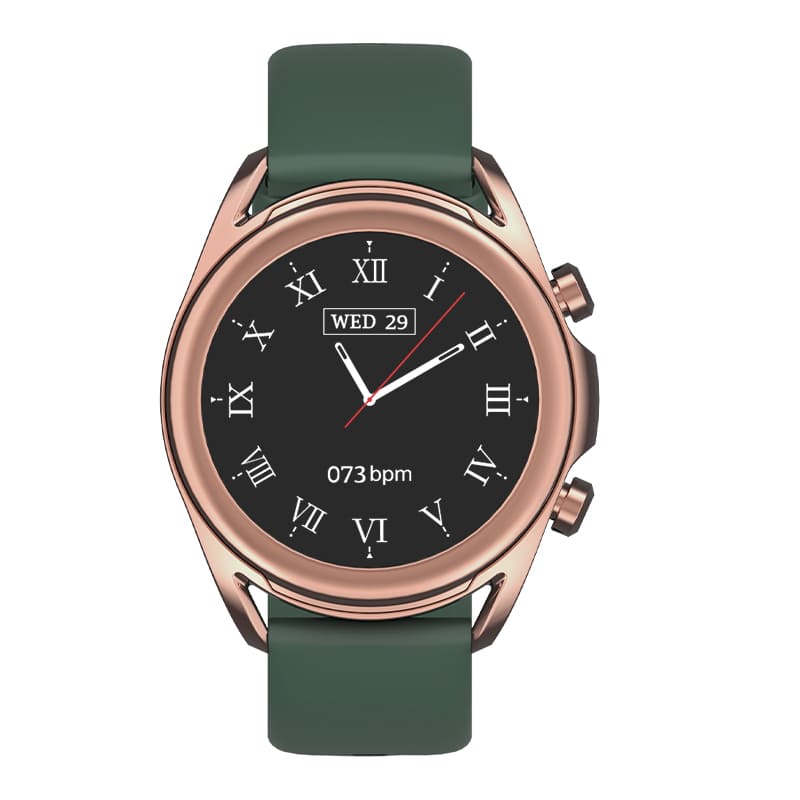
Features of T12 Smartwatch
- Accurate Heart rate
- 2 in 1 BT call
- HR warning
- Red light Sp02
- 100+ Watchface
- 1.32″ LTPS display
- Music Control
We also have A8, QY03, and more square and round shape watches that are very accurate on heart rate monitors.
Our global clients are raving about these products for their accuracy in reading heart rates.
Contact us to get more information about these products.
Any questions, please feel free to contact iSmarch– the leading smartwatch manufacturer in China.

